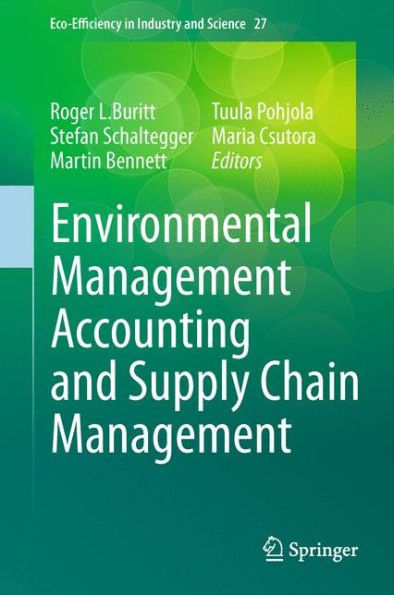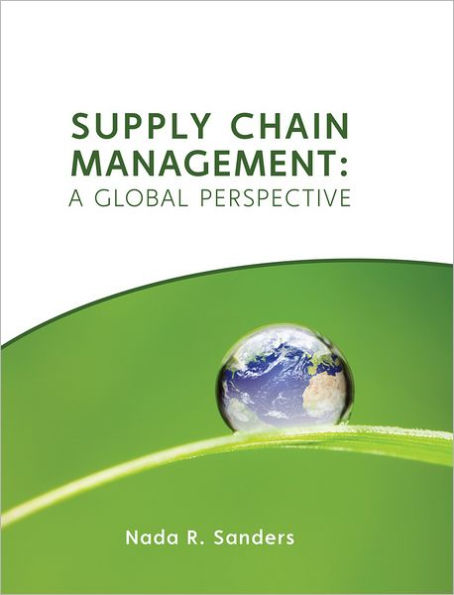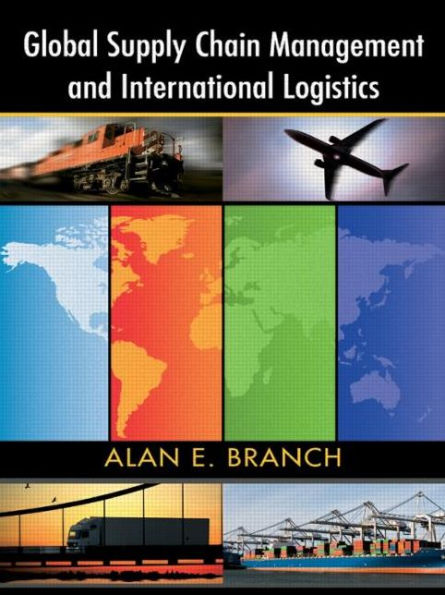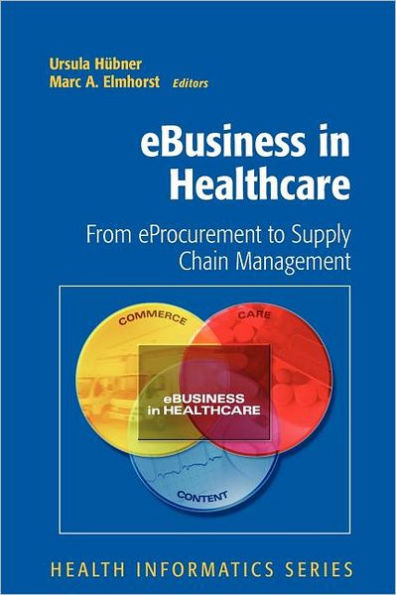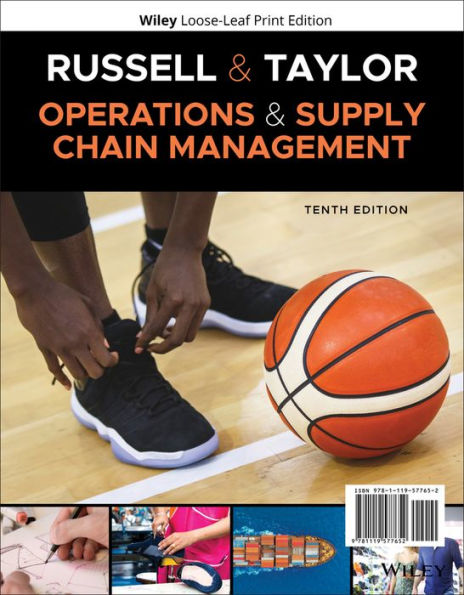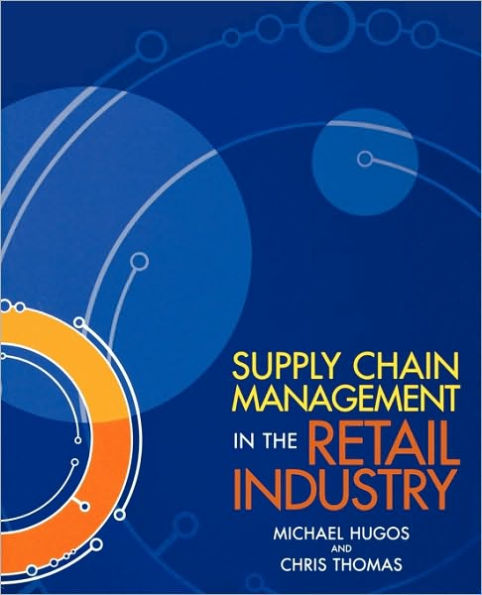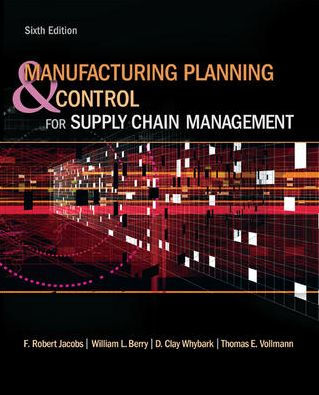Home
Global RFID: The Value of the EPCglobal Network for Supply Chain Management / Edition 1
Barnes and Noble
Loading Inventory...
Global RFID: The Value of the EPCglobal Network for Supply Chain Management / Edition 1 in Franklin, TN
Current price: $54.99

Barnes and Noble
Global RFID: The Value of the EPCglobal Network for Supply Chain Management / Edition 1 in Franklin, TN
Current price: $54.99
Loading Inventory...
Size: OS
At the same time, I was a junior Brand Manager at Procter & Gamble w- ried about a much more mundane problem: how to keep my products on the shelf. Embedding RFID tags in the products, and RFID readers in the shelf, seemed like the perfect – indeed the only – way to do this. But I needed RFID to be cheaper, better, and standardized in an open system. In early 1999, by sheer chance, I met Brock and Sarma. The result was a potent meeting of minds. I was looking to fund research, and Brock, Sarma and Siu were looking for research funding. Working with Alan Haberman of the Uniform Code Council, one of the founding fathers of the UPC bar code, and Allan Boath of the Gillette C- pany, we developed a plan for a new industry funded research consortium at MIT. Haberman wanted to call it the Center For Automatic Identification And Data Capture. At the last minute I persuaded him to abbreviate it to the Auto-ID Center. But my luck with names is hit and miss: inspired by the bar code, I had the bad idea of calling Auto-ID Center’s technology UPC2. Brock and Sarma saved the day – one of them, I cannot remember which, proposed a far better alternative: EPC, for electronic product code. The Auto-ID Center opened on October 1, 1999. P&G loaned me to MIT to act as Executive Director, and Sunny Siu was the first Research Director.
At the same time, I was a junior Brand Manager at Procter & Gamble w- ried about a much more mundane problem: how to keep my products on the shelf. Embedding RFID tags in the products, and RFID readers in the shelf, seemed like the perfect – indeed the only – way to do this. But I needed RFID to be cheaper, better, and standardized in an open system. In early 1999, by sheer chance, I met Brock and Sarma. The result was a potent meeting of minds. I was looking to fund research, and Brock, Sarma and Siu were looking for research funding. Working with Alan Haberman of the Uniform Code Council, one of the founding fathers of the UPC bar code, and Allan Boath of the Gillette C- pany, we developed a plan for a new industry funded research consortium at MIT. Haberman wanted to call it the Center For Automatic Identification And Data Capture. At the last minute I persuaded him to abbreviate it to the Auto-ID Center. But my luck with names is hit and miss: inspired by the bar code, I had the bad idea of calling Auto-ID Center’s technology UPC2. Brock and Sarma saved the day – one of them, I cannot remember which, proposed a far better alternative: EPC, for electronic product code. The Auto-ID Center opened on October 1, 1999. P&G loaned me to MIT to act as Executive Director, and Sunny Siu was the first Research Director.


